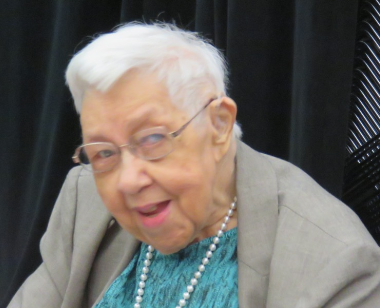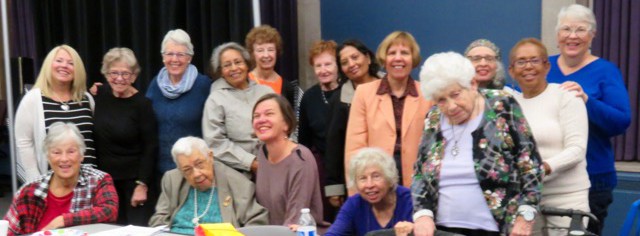In Kindergarten through 8th grade at the beginning the school day, the children in each classroom at Willard School stood up, placed their right hand over their heart and recited the pledge of allegiance. In Kindergarten, first and second grades, this is how I recited it.
“I pledge allegiance to the Flag
of the United States of America,
and to the Republic, for “Richard Stance”,
one Nation under God,
indivisible, with liberty and justice for all.”,
I always wondered, “who is Richard Stance” and why are we pledging to the republic for him? In third grade I learned it correctly.
On our first day, our third grade greeted us by telling us her name. She said, “My name is Mrs. Stamps, like the postage stamp.” She was clear and precise with an easy explanation and her students knew then that we would never forget her name. Mary Jane Stamps, was emphatic for all of us, the newly promoted students that arrived in her classroom, to learn. From Kindergarten through second grade, we sang an easier patriotic song, “My Country Tis of Thee.” I guess were too young to catch on to, not only the difficult words of the Star-Spangled Banner, but also follow the problematic tune. Mary Jane Stamps taught us to sing the National Anthem. She had a plan and she knew her new third- grade students were ready.
Before we arrived, Mary Jane Stamps, had beautifully and carefully written the words to the national anthem on the blackboard in her lovely, easy to read cursive script that we would appreciate throughout our time in her class room. In addition, she decorated the chalk board with flowers, flags and other art using various colored chalks. This document was presented to us on the chalk board and I think all of the new third-graders were in awe. Not only was it stunning, it was prepared expressly for us.
To back track, the third-grade classrooms, and others classrooms, were in the newer wing of Willard School. This wing was built to make the most efficient use of space. Not only were there blackboards in the front and the back of the classroom, but on the doors of the coat room, or cloak room as some would call it. The coat room was located on one side of the classroom and was separated by three sliding doors that moved up and down on tracks. After everyone hung up their outerwear on the hooks in the coat room, 3 boys were assigned to lower the sliding doors and the blackboards were revealed. Mary Jane Stamps had written lovely scripted word to the National Anthem on one of the coat room doors.
Mary Jane Stamps told the class that we were to learn the words to the National Anthem in three weeks. Every morning we sang the song following the words written on the blackboard. It seemed that so much effort had been put into writing the document and art work that it would be there always and never be erased from the chalk board. had been put into the chalk board.
But sure enough, on the Monday morning of our fourth week in third grade before we stood up to recite the pledge and sing the Star-Spangled Banner, Mary Jane Stamps took an eraser and removed the words and the art work from the coat room door chalk board.
A soft gasp enveloped the room – not necessary because the words would no longer available for the class to see, but because a lovely piece of art was destroyed. We were devastated. But the good thing was, from repeatedly singing the national anthem every day for 3 weeks, everyone knew the words to the song.
Mary Jane Stamps was a no non-sense teacher. She was eager for us to learn and to understand. We aced the time tables up through the twelves. We learned short division preparing for 4th grade long division. She set up the steps to make it easy for us. We learned to spell multi syllable words with many letters so we could pass our spelling tests every Friday.
All the girls practiced their cursive so they could write as elegantly as she. She introduced new topics and methods that made almost everything seem easier to learn.
Mary Jane Stamps was a remarkable teacher. She paid attention her student’s needs and did whatever she could to make learning simpler. And more importantly, she took the mystery out of who was “Richard Stance” and effortlessly taught her new class of third graders the national anthem.

